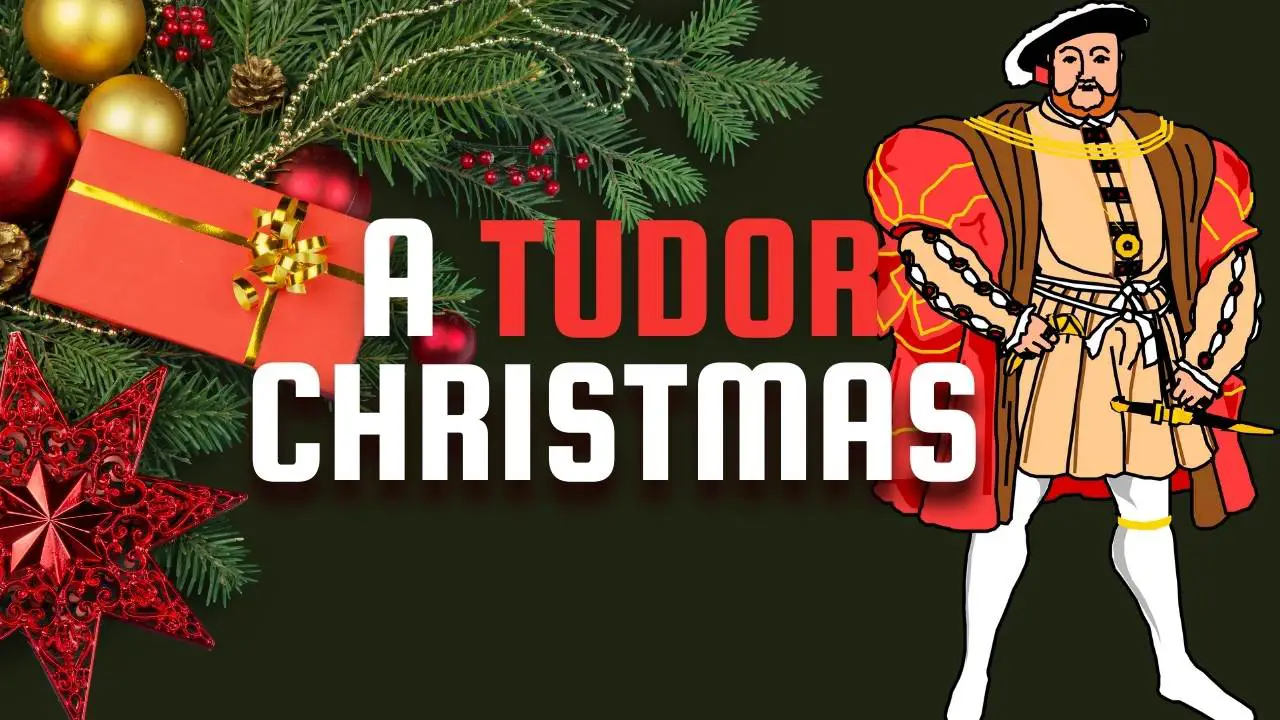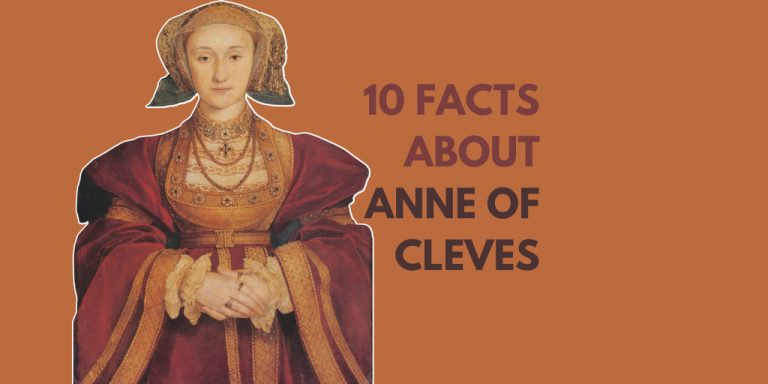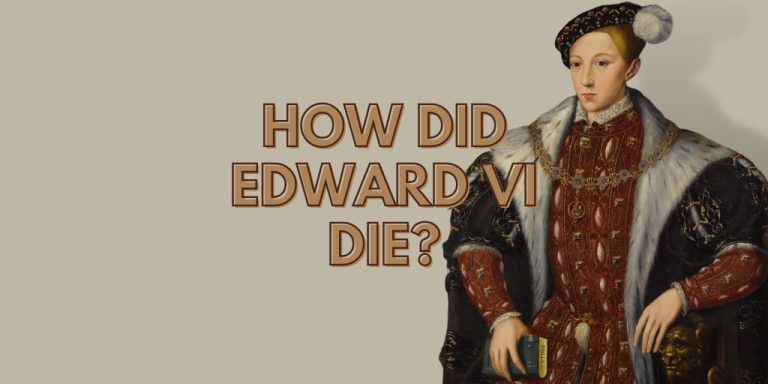A Glittering Tudor Christmas: How Henry VIII Celebrated
The Tudors were deeply involved in celebrating Christmas, which was a time for communities to gather and friends and family to get together. The Christian celebrations the Tudors recognised, however, evolved largely from the pagan rituals and seasonal festivals that had been in place since long before the Tudors reigned.
By the time Henry VIII was king of England in the 1500s, the revelries and traditions that we know and love today were already recognisable. In fact, you can thank the Tudor times for such holiday customs as Christmas carol singing, the giving of gifts, stolen kisses under the mistletoe, and a delicious turkey on the table. Much of modern Christmas was shaped by the Tudors.
Christmas at Henry VIII’s court
Henry VIII’s court hosted over a thousand guests for the Christmas feast. Kings and Nobles were expected to host magnanimous feasts, keep an open house, and be wholly hospitable for the duration of the 12 days of Christmas. On Twelfth Night, the special fruitcake embedded with a coin or a dried bean and known as the Twelfth Cake was brought out. Whoever discovered the secreted coin or bean had the honour of hosting the entertainment as King or Queen for the evening.
As for the giving of gifts at New Year, during Henry VIII’s first year as king in 1509, he spent what would be £400,000 in today’s terms on presents.
Anyone who knows anything about King Henry VIII is under no illusion about his enjoyment of feasts and food. The man really got his fill over the festive season. 12 days and nights of it, it would appear. Let’s have a more in depth look at how the Tudors were likely to spend Christmas way back then.
12 Days of Christmas
Believe it or not, the majority of the Tudor people fasted for four weeks leading up to Advent or Christmas Day. Good Christian Tudors saw the Advent – the 40 days before Christmas – as a period of atonement to spiritually prepare for the coming of Christ. The more devout among them would avoid meat, cheese and eggs entirely for these 40 days.
The origins go back to the ninth century, when King Alfred the Great commanded a holiday on Christmas Day and the 12 days thereafter. This is thanks to the belief that the Magi travelled over 12 days to find baby Jesus. Tudors went all out with feasting for 12 days between the 25th of December and the 6th of January. Why January 6th, you might ask. Why, because it is the date of the Epiphany or Twelfth Night, remembered for the three Magi or wise men arriving to pay homage to the baby Jesus at the time of his birth.
Christmas Day, New Year’s Day, and the Epiphany were the three most important days of celebration for the Tudors. When Roman influence took centre stage in Britain before the Tudor era, the new year was celebrated on January the 1st with the presenting of gifts. Later, however, during the Tudor period, New Year was regarded as being on the 25th of March and celebrated with the Feast of the Annunciation.
To completely devote themselves to enjoying the Christmas season, the people did not work at all during the 12 days, with the exception of course of caring for animals or stock. It was back to work we go for the lot of them, from laborers to noblemen, on Plough Monday, the first Monday after Twelfth Night.
The tradition of attending theatre on Twelfth Night goes back to the Tudor era. Entertainments and plays were traditionally staged on Twelfth Night and pageants and masques were often enacted at court on Twelfth Night. Exquisitely dressed lords and ladies socialised in halls lit illuminated by candles and torches, dressed in all their finery.
It was believed that leaving Christmas decorations up past midnight on Twelfth Night brought bad luck. This was because the power of the Christ Child was no longer in place and the tree spirits could taint the household during the year ahead if the greenery was not moved outdoors in time.
Wassailing and Christmas Carols
Mention was made of the Tudors bringing us Christmas Carolling, and that has to do with wassailing! The etymology of wassail may lie in the Anglo-Saxon toast waes hael which translates to ‘be well ‘or ‘be in good health’. If you have never heard this term before, you are in good company. Many may recognise the word from Christmas carols such as “Here We Come A-Wassailing” and “The Wassail Song” but have no idea what it means. In Tudor times, on Twelfth Night particularly, people went in groups from home to home to wish their neighbours good health and to sing to them. To make the trooping all the better, they had a communal wassail bowl filled with warm ale, wine or cider mixed with spices and honey that they passed amongst themselves. Wassailing was slightly different out in the countryside, with the blessing of fruit orchards instead of people. But they kept the communal drinking part of the wassailing in place.
Wassailing and Christmas carolling became sort of intertwined with the passing of time. For the Tudor people, Christmas carols were based on the religious story of the Nativity although some touched on feasting or hunting. You will certainly recognise these popular Christmas carols from the Tudor period: The First Noel, We Wish You a Merry Christmas, and Good King Wenceslas. The puritanical 17th century saw the banning of Christmas festivities, with carolling only becoming a custom again during the reign of Queen Victoria.
Giving Gifts
The common people of the time celebrated New Year’s Day with the giving of gifts but the royals were of an entirely different mind influenced as they were by politics. King Henry VIII was gifted a set of Pyrenean boar spears by Anne Boleyn on the first day of 1532. He however refused his wife’s gift of a gold cup because he was intent on divorcing Catherine of Aragon at the time. In 1572, Queen Elizabeth I had to reject the impressive jewel gifted to her by the Duke of Norfolk because he was at the time imprisoned in the Tower of London for allegedly conspiring against her to put Mary, Queen of Scots on the English throne.
The Tudors had their very own version of Father Christmas, known as the Lord of Misrule. Captain Christmas or Prince Christmas also played a role to ensure merriment all around at Yuletide. Father Christmas was also a character during Tudor times, dressed all in green with a wig, his face hidden behind a grotesque mask. He caused quite a commotion, charging about with his great club, shouting and causing a stir.
The Yule Log
The burning the Yule Log probably has its beginnings in the bonfires made by Viking invaders in celebration of the winter solstice. The etymology of the word Yule goes back to the Old Norse jól, a heathen midwinter festival over twelve days. Tudor families would seek out a log on Christmas Eve, decorate it with ribbons, and then set it alight to burn throughout the 12 days of Christmas as a sign of good luck for the year ahead. Its charred remains would be used to kindle the next year’s Christmas yule log.
The Boy Bishops
During the Tudor period in England, a tradition developed in which a young boy was chosen to play the role of a bishop during the Christmas season. This practice, known as the “boy bishop,” was meant to serve as a form of entertainment and to honour the memory of Saint Nicholas, the patron saint of children.
The boy bishop was usually chosen from among the choirboys of a cathedral or monastery and was given a special costume to wear, including a bishop’s mitre and staff. He was also given a ceremonial staff and a book of prayers. The boy bishop would then perform various duties during the Christmas season, including leading religious services and giving sermons.
The boy bishop tradition was a popular one during the Tudor period and continued for several centuries. It was eventually abolished in the 19th century, but the memory of this unique holiday tradition lives on.
The Kissing Bough
We all know about kissing under the mistletoe. Well, this endearing tradition has its roots in the kissing boughs which were the most popular house decoration during the Yuletide season in the days of yore. These woven wooden hoops intwined with evergreens such as holly, bay leaves and, of course, the obligatory sprig of mistletoe, were hung from the ceiling in the home.
What is a feast without the food. There are many traditions surrounding the food we take for granted as traditional Christmas fare.
Mince Pies
Just imagine how welcome a mince pie would be after four long weeks of fasting and total abstinence from meat, eggs, and cheese. Mince pies or pyes were enjoyed throughout the 12 days of Christmas. Symbolically the Christmas pies were stuffed with mutton to signify the shepherds of the Nativity. They should be made with 13 different ingredients, to symbolize Christ and his 12 apostles. They always contained suet, sugar, spices and dried fruit.
Plum Pudding
Plum pudding was served before Christmas dinner as an appetiser to line the stomach before the rich dinner to come. At first it was a thick broth of mutton or beef that was boiled in a skin with plums, wine, dried fruits, spices, and breadcrumbs. Only late in the 1500s did the dish metamorphosise into a pudding or cake with the addition of flour.
Tudor Christmas Pie
Slap bang in the middle of Henry VIII’s reign, the first turkeys from the New World landed on the shores of England in 1526. The boar’s head served on a platter with an apple stuffed into its mouth had always been the celebrated Christmas dish common during the Tudor times. The better-off Tudors partook of a turducken of sorts, known then as the Tudor Christmas Pie. This creation boasted a turkey stuffed with a goose, stuffed with a chicken, stuffed with a partridge, stuffed with a pigeon, all baked inside a pastry coffin.
We can just picture the festive Henry licking his fingers after a delightful dish of such traditional fare, enjoyed over all the twelve days of Christmas.
On a less jovial note, Christmas during the Tudor period also saw some less pleasant traditions.
Holy Innocents’ Day
Holy Innocents’ Day was intended to be a reminder of the suffering seen as a result of King Herod’s slaughter of all infant boys under the age of two at the time of Jesus’ birth. At the dawning of Holy Innocents’ Day, children were whipped as they lay in their beds. Adults fasted on this day and then allowed children liberties for the remainder of the day, given that Holy Innocents’ Day was after all a children’s feast. Not as bad as it might have been after all, many children only received an obligatory whipping.
A very Merry Christmas and to all a good night….







